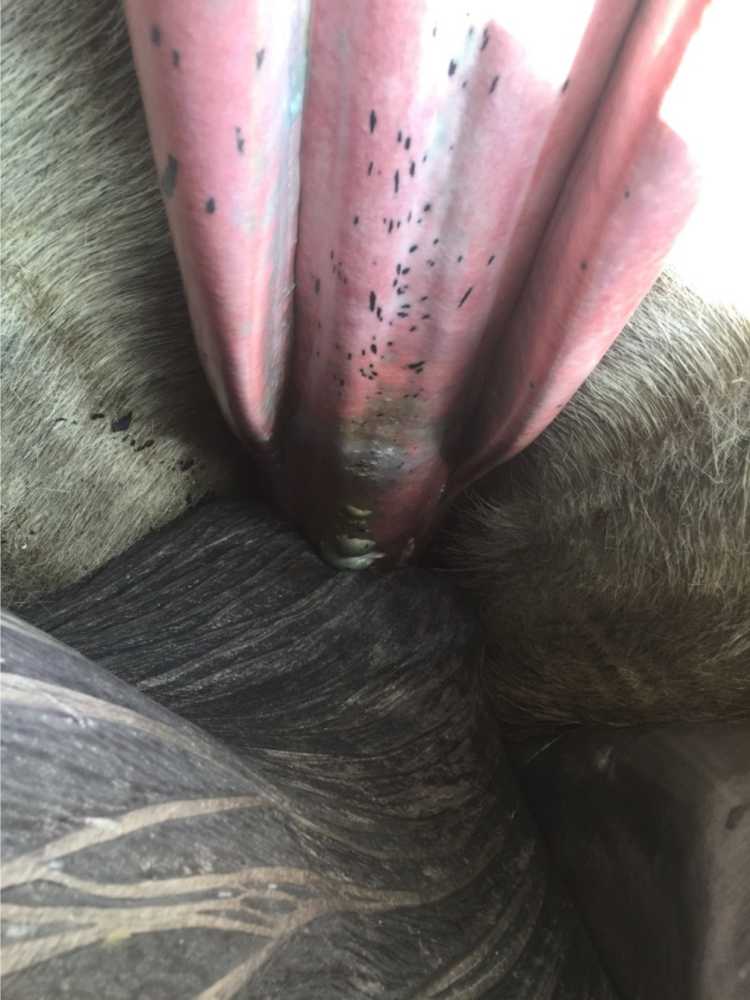The National Park Service has released the results of an examination conducted on a humpback whale found dead in Glacier Bay National Park.
According to a report dated June 6, “there were indications that the whale was in poor health.”
Dr. Stephen Raverty, the veterinary pathologist who led the examination, said in the report, “It appears that the poor nutritional condition of this whale may have predisposed it to physical injury.”
The whale, named Festus by a spotter in the 1970s (the whale “festooned itself with kelp,” according to Charles Jurasz), was Southeast Alaska’s most consistent cetacean resident. The whale’s known 45-year history in the region was the longest of any in the whale catalog. It is not clear if Festus was the oldest whale in the region.
Whales are occasionally killed in Glacier Bay by cruise ships navigating its narrow fjords, and when Festus was found floating near the mouth of the bay on June 26, there were thoughts that a ship had done the whale in.
The team of biologists and volunteers that examined the whale found bleeding and bruising in its mouth — a sign of physical injury — but there were no skull or bone fractures that are definitive signs of a collision.
Festus was thin for a humpback, and its lymph nodes were swollen, indicating infection. It was also heavily infested with parasites known as “whale lice.”
Glacier Bay’s whale biologist, Christine Gabriele, said several whales in Glacier Bay and other parts of Southeast have been thinner than normal this summer, and very few whale calves have been documented.
In a typical summer, “we have seen 10 or more calves in Glacier Bay and Icy Strait,” she wrote. This summer, only one calf has been seen.
A strong El Niño and warm North Pacific Ocean water may be contributing to poor feeding conditions among whales, and those conditions could be affecting whale health.
An abnormal number of whale deaths has been seen throughout Southcentral Alaska this year.

